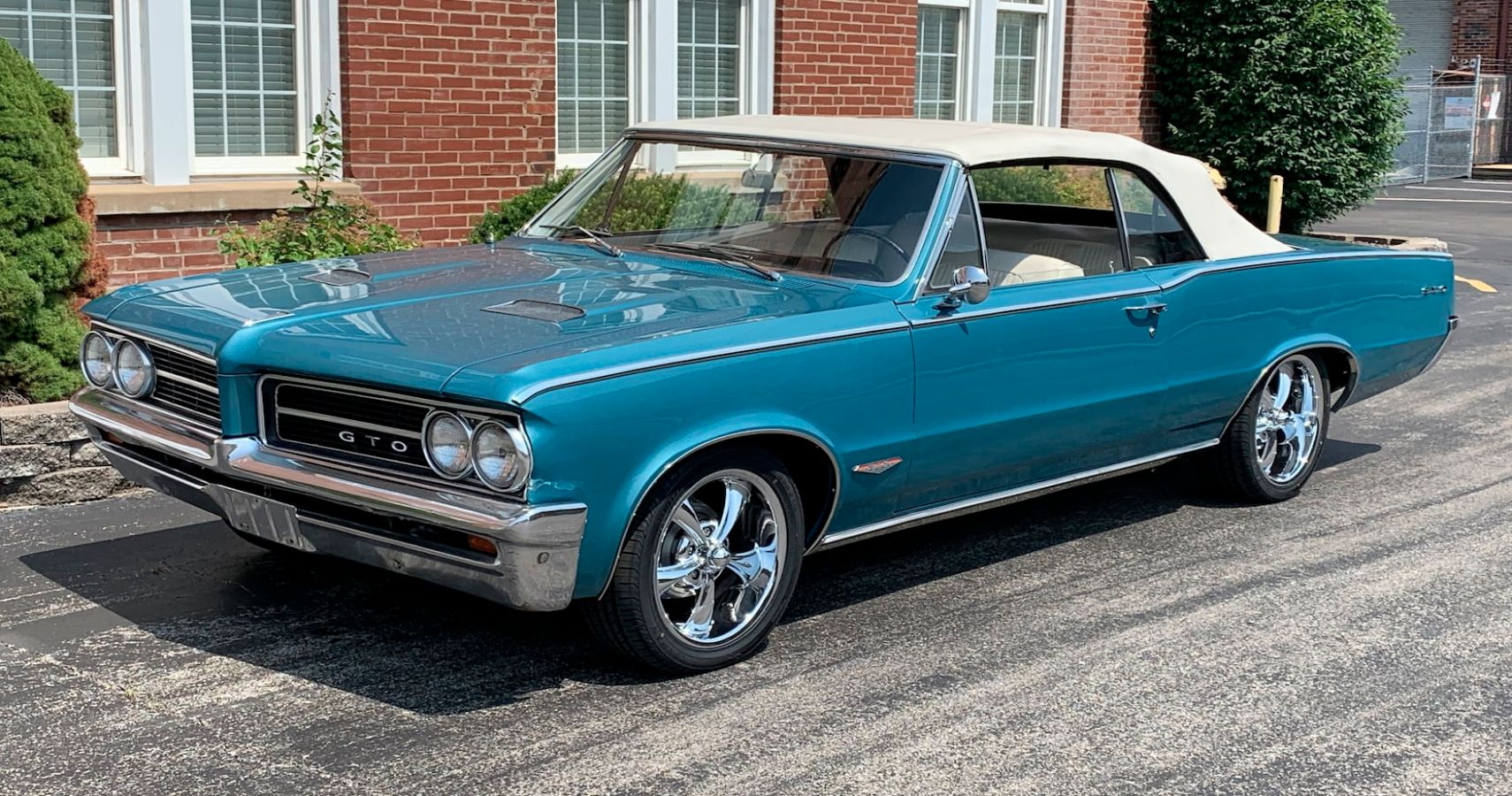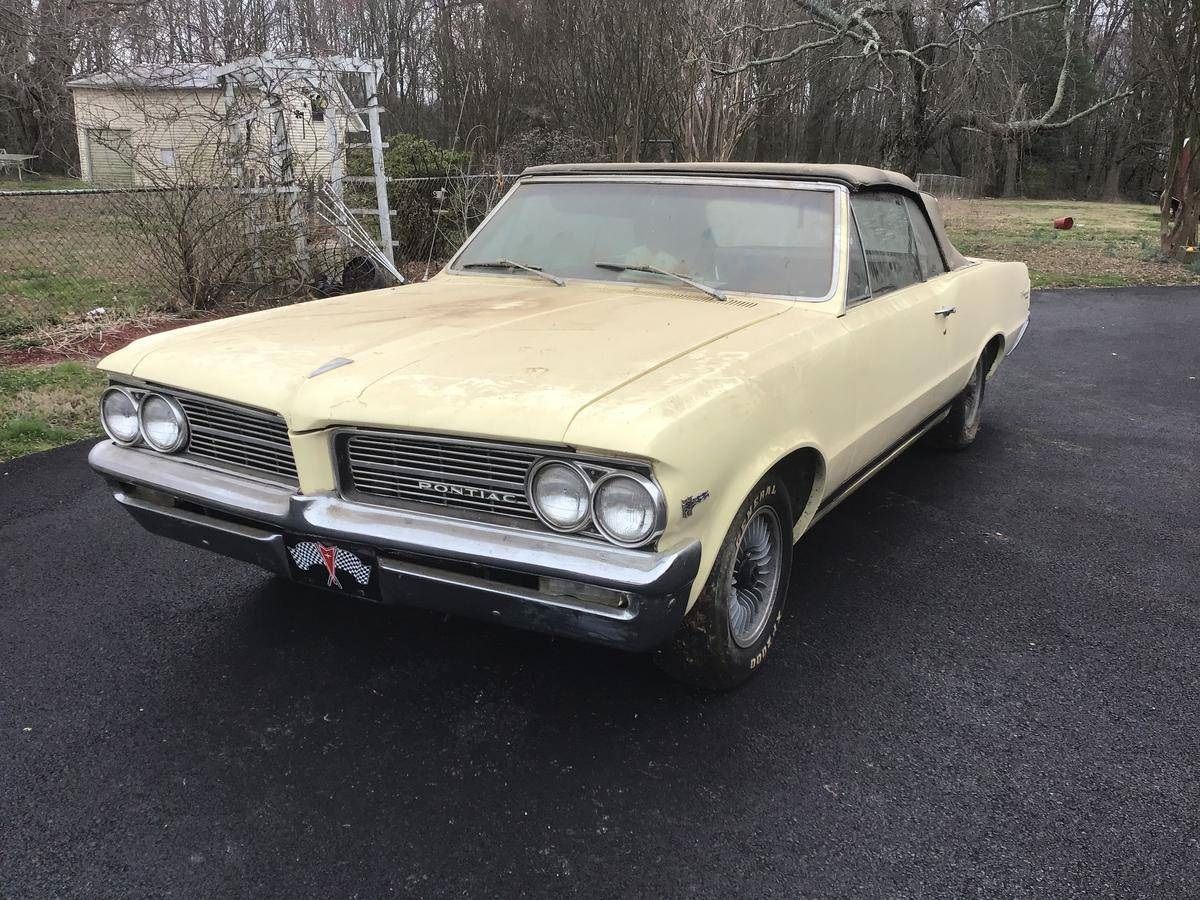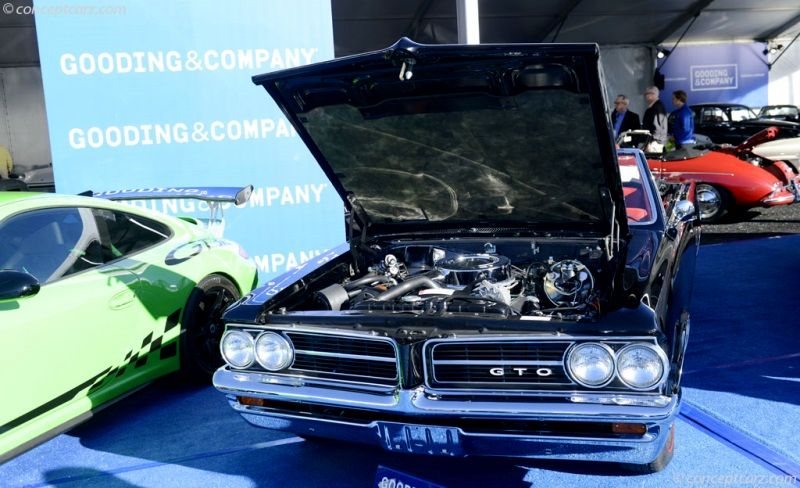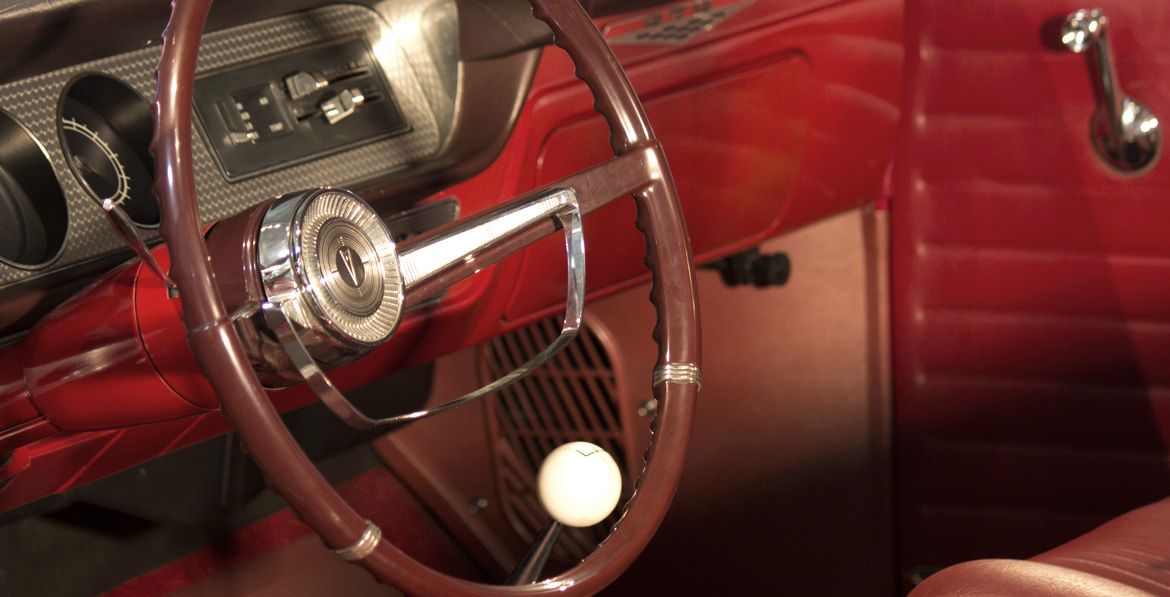Pontiac Division of General Motors had a reputation for building cars that appealed to the younger generation. This generation back in the 60s was interested in both performances coupled up with luxury. When we talk about racing terms, GTO stands for Gran Turismo Omologato. As far as Pontiac is concerned these letters GTO add up to represent its series of Pontiac GTO Models of at the top of which is its special White-Hot Tempest.
The 60s & the 70s represent the golden age of Muscle Cars. The car that revolutionized the automobile industry and is said to be responsible for the advent of the American Muscle Car's trend is the Pontiac Tempest. It is said to be the first muscle car.
Let's have a closer look at the first muscle car to ever hit the streets.
The history behind the Pontiac Tempest
When word got on the street that Pontiac has named its latest sports model GTO, it seemed like Pontiac has locked horns with the Italian Stallion which also had a model with a similar name or rather the same name-Ferrari 250 GTO. The Tempest GTO can be debated to have been the first car to define what a muscle car is. A big, brawny V8 under the long-nosed hood, and an iconic form that will be relished for years to come.
The GM was pretty orthodox about its vehicles and was following the already successful tried and tested policy on all of its models. It can be said that GM had laid out its own prohibitions for the same. The peeps in Michigan were quite ferocious and had sidestepped all of the restrictions by thinking out of the box, also by playing it smart. The inspiration for the Tempest GTO was obtained from the drag strips which were pretty famous back in the 60s.
The engineers put in a 389-cubic-inch engine into the Tempest which would have otherwise received only a 326-cubic-inch engine. John DeLorean got his superiors and their superiors to sign off on this by saying that this was going to be offered only in a special package which would cost the customer an additional $290.
Nobody had even the tiniest of a flicker of what they were setting off. The sales managers were of the thought that all of it was a sham that wouldn't amount to much and eager to be selling the standard Tempest. But them being mistaken would be an understatement. The sales which were expected to be 5,000 units that year surpassed about 32,000 units which almost doubled the next year, not to forget that was the year the Mustang came out whereas the Chevrolet Camaro was still years away. This made the success of the 1964 Tempest GTO evident.
What Powers the Classic Muscle?
The GTO package of the Tempest included the high-performance 389-cubic-inch V8 coupled with a heavy-duty three-speed or a close-ratio four-speed transmission which was again optional along with a more powerful Tri-Power engine. This was the same V-8 that was used in the Pontiac Grand Prix. The GTO Tempest also made use of a special camshaft and valve lifter. The Tri-Power engine pumped up the power generated to 348 HP. The previous one on the other hand gave an output of 325 HP at 4900 rpm.
The 389 cubic-inch engine went from 0-60 mph in about 7.7 seconds. The Tempest was also able to make the quarter-mile within 15.8 seconds. The Tri-Powered GTO takes it one step further by clocking the quarter-mile within 13.29 seconds and going from 0-60 mph in about 5.7 seconds. Pontiac never disappointed any of its customers as far as performance was concerned.
Interior and Exterior Highlights
The Tempest had been designed more or less based on its predecessor the Grand Prix with a few changes here and there. One of them definitely being making it compact. The 1964 Tempest model was available in three series: Tempest, Tempest Custom, and the Tempest Le Mans. They corresponded to a two-door coupe, four-door sedan, & a station wagon. The Tempest Le Mans offered three two-door models, a coupe, convertible, and the hardtop. The GTO model came in with dual exhausts, special GTO nameplates, simulated engine-turned dash panel inserts, and to top it off dual hood scoops.
The GTO gave off just the right feeling. The Tempest GTO had the standard bucket seats, its woodgrain steering wheel was at just about the right height, not too high making it easy to see over, nor too low so that you can slide right in. Even the people on the rear bench had quite the legroom for two people. The Tempest also had a center console, a simulated wire wheel cover, air conditioning, transistor radios, windshield washers, padded safety dish, child-proof locks, etc.
The Icon and its Legacy
The Tempest GTO came out on the streets on the whims of the Pontiac Engineers who were just looking to put off the Ferrari GTO and also go around the restrictions that General Motors had set up for up. The Pontiac GTO has also been known for beating the Ferrari GTO in a drag race.
When we talk about muscle cars, the Tempest GTO is the American Muscle Car which sparked the whole revolution and shocked not just the customers but the makers with its sales and performance. Although Pontiac marketed it as the 'GTO Tiger'. There's no doubt about why the Tempest GTO has been dubbed by the youth as 'the GOAT', it has been aptly named for its performance, style, delivery, and revolutionary impact on the automobile industry.





